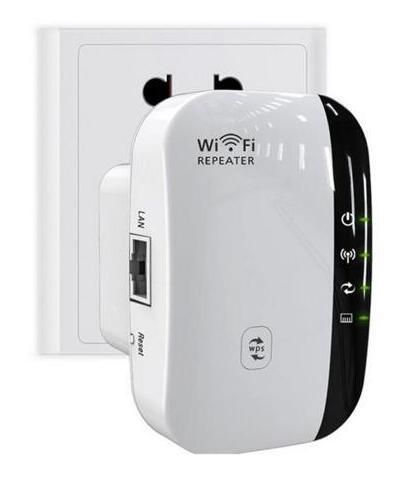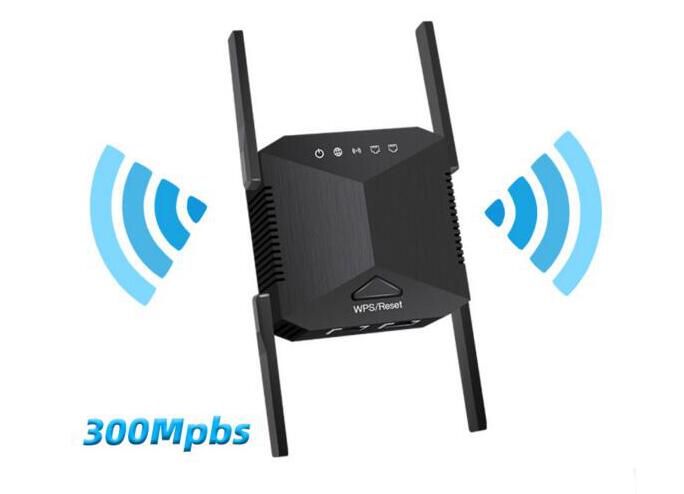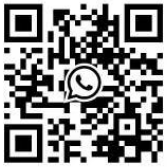Under what circumstances is bandwidth distortion? Wi-Fi boosters?
The repeater can expand the coverage of 802.11 network, but we should pay attention to several problems. One thing to note is that the repeater must receive and forward frames on the same channel, which means that your bandwidth is actually divided into two halves. Although range is more important than bandwidth, the transmission rate of long-distance clients will be as low as 1Mbps. Due to the overhead of 802.11, only about half of the bandwidth can be used for data transmission. Because of the repeater, the bandwidth is divided into two halves again, especially when multiple users share the same channel, so you will encounter the problem of bandwidth.
Another problem to note is that some repeaters have only one omni-directional antenna, while some access points (which can enter repeater mode) have two antenna diversity. If you want to use a higher gain antenna to expand the range, use a multi-channel omni-directional antenna instead of a directional antenna anyway. When using the diversity antenna system, only one antenna can work at a time. Therefore, when the transmission is busy, it will not transmit in the opposite direction, resulting in interference and retransmission problems. Generally speaking, the effect of using multi-channel repeaters is not good. In short, the longer the wireless path, the higher the probability of failure.
As for which 802.11 standard is most suitable, even if the 802.11a frequency spectrum has fewer congestion problems than 802.11b/g, I also consider 802.11b/g because it has longer transmission distance, more fierce market competition and more equipment choices. Selection of outdoor products,signal booster












